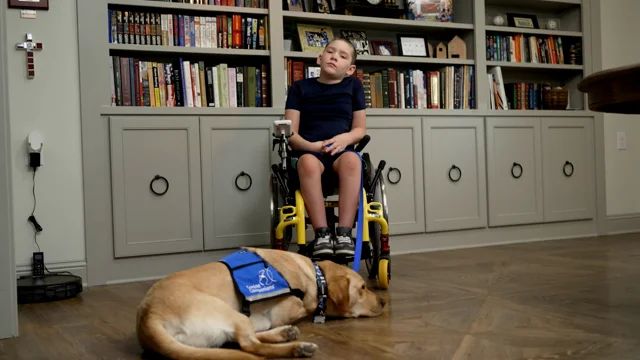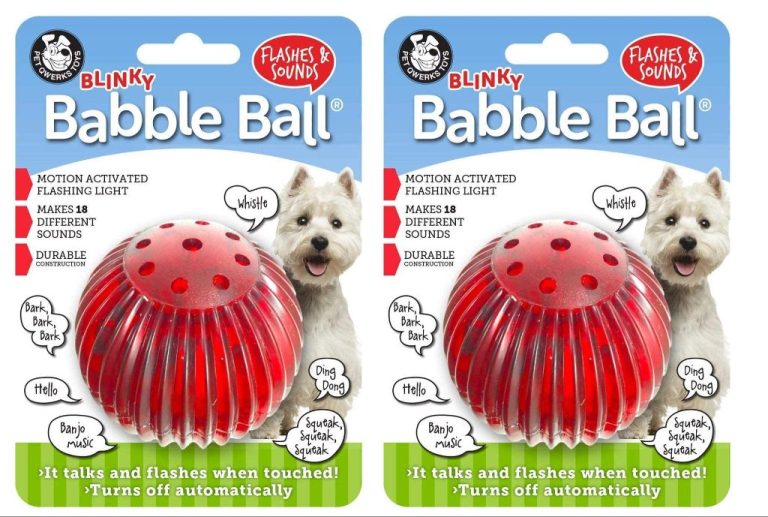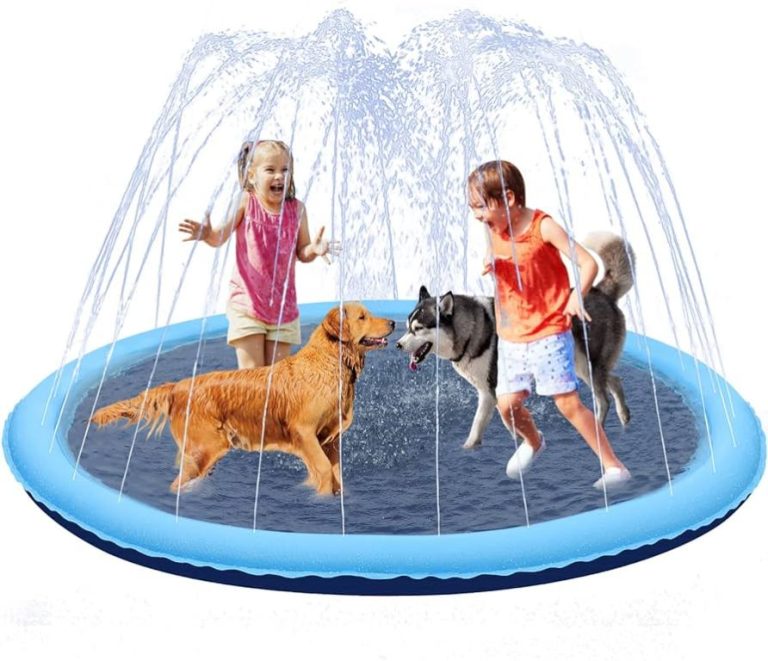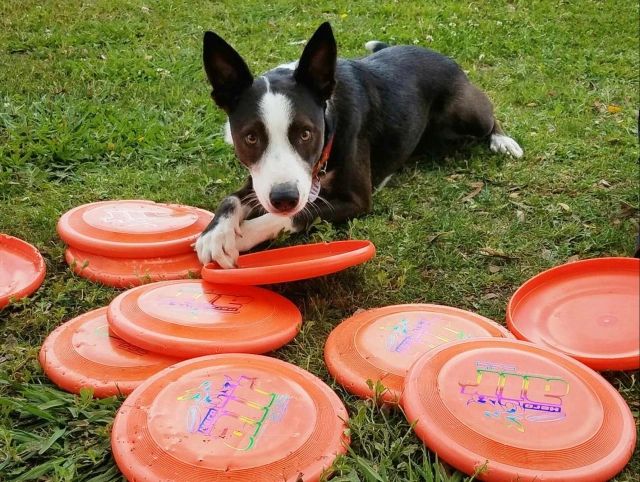Lure Coursing: High-Energy Fun For Athletic Dogs
What is Lure Coursing?
Lure coursing is a sport for dogs that involves chasing an artificial lure around a field along a preset course. In lure coursing, dogs chase a mechanized imitation prey that is attached to a string and pulley system. The lure operator guides the lure along the course, which consists of turns, loops and straightaways to test the dog’s agility, speed and endurance.
Lure coursing was developed as a way to simulate the traditional coursing used for hunting, where dogs would pursue live game by sight. According to the International Windhounds and Dogs Association, lure coursing events were first held in England in the late 1960s and then spread to the United States and other countries. The American Sighthound Field Association was founded in 1972 to promote and regulate the sport of lure coursing (IWADV Lure Coursing Info).
Today, lure coursing is primarily done as a competitive activity and sport for dogs rather than for hunting. It provides dogs with a controlled outlet to test and demonstrate their hunting and chase instincts.
Why Dogs Love Lure Coursing
Lure coursing allows dogs to tap into their natural instinct to chase prey and satisfies their innate drive to run. For breeds that are bred for speed and athleticism, lure coursing provides the perfect high-energy outlet to burn off pent up energy and stimulate them both physically and mentally (https://www.akc.org/expert-advice/sports/lure-coursing-101/).
As the lure zips around the course, dogs are able to reach their top speeds as they sprint and chase after it. This fast-paced activity and the many quick turns and jumps along the course provide intense exercise and excitement for energetic dogs. The sheer thrill of the chase triggers their prey drive, allowing them to happily channel this natural instinct in a controlled setting.
In addition to exercising their bodies, lure coursing requires dogs to focus intently and think quickly in order to follow the lure. This combination of mental and physical exertion is the perfect recipe to tire out high-drive dogs, providing them with a satisfying and rewarding outlet for their energy (https://www.balanced-canine.com/post/what-s-this-lure-coursing-thing-all-about). After an intense coursing run, dogs are often content and calm, having burned off excess energy in a productive way.
Breeds Best Suited to Lure Coursing
Certain breeds with high prey drive are naturally built for lure coursing. Their lean physique, flexible spine, and ability to make tight turns makes them excel at chasing down a mechanical lure. Some examples of top breeds include:
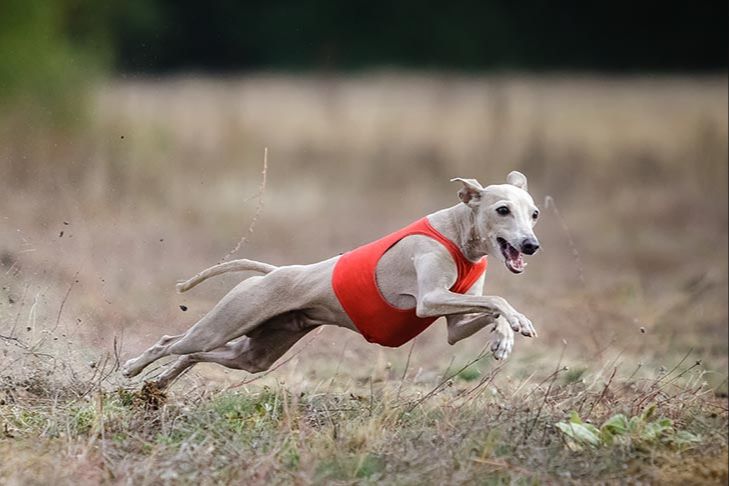
- Greyhounds – With their streamlined bodies and incredible speed, greyhounds are one of the best coursing breeds. Their top speed makes them skilled at chasing down even a fast-moving lure (https://www.thatmutt.com/2020/10/12/lure-coursing/).
- Whippets – Smaller than greyhounds but just as fast, whippets have the agility and drive to be star coursers.
- Salukis – One of the oldest breeds, salukis can run up to 40 mph using their flexible spines to make tight turns during the chase.
- Afghans – Their natural independence and hunting skills shine on the lure coursing field.
There are many other breeds with instincts to chase that lend themselves to lure coursing. Any athletic dog that loves to run can get enjoyment from pursuing an artificial lure. Breeds with shorter noses may be at a slight disadvantage, but with practice they can still have fun at this exciting dog sport.
Getting Started in Lure Coursing
For those new to the sport, lure coursing may seem daunting at first. However, with some guidance, you and your dog can ease into the exciting world of lure coursing. The first step is to find a local coursing club. The American Kennel Club provides resources to locate accredited clubs in your area that host practice runs and events.
Before entering any stakes, it’s important to properly train your dog. Practice recalls and basic obedience commands first. Then introduce your dog to the lure by dragging or swinging objects like bags or towels. Always keep safety in mind and start at a slow speed. Once your dog shows interest, you can enroll in pre-coursing tests like the AKC’s Coursing Ability Test which serves as an introduction to lure coursing.
When you and your dog feel ready, enter novice stakes at local coursing events. These low-pressure runs help get your dog comfortable on the field. Listen to the judges’ advice and connect with experienced coursers for tips. With the right attitude and training, you’ll be competing in more advanced stakes in no time.
The key is to start slow, set your dog up for success, and make lure coursing fun! Patience and proper conditioning will ensure you and your dog safely enjoy this energetic sport.
Lure Coursing Events and Titles
There are several major lure coursing competitions and championships that dogs can participate in to earn titles. The American Kennel Club (AKC) hosts lure coursing trials across the United States where dogs can compete for their Junior Courser (JC), Senior Courser (SC), and Master Courser (MC) titles [1]. Dogs earn legs towards these titles by completing a course without interference. The American Sighthound Field Association (ASFA) also hosts trials and offers the Field Champion (FCh) title for sighthounds who accumulate 100 points [2].
Internationally, the Fédération Cynologique Internationale (FCI) sanctions lure coursing championships for sighthound breeds. The highest titles dogs can earn in FCI trials are the Coursing Champion (C.I.C.) and the Coursing Grand Champion (C.I.C.G.) [3]. These require accumulating points at increasingly difficult levels of competition. There are also international team events like the European Open Coursing Championship where countries field teams of top coursing dogs.
Training a Lure Coursing Dog
Training a dog for lure coursing is a multifaceted process that involves enhancing both physical abilities and mental acuity. It’s not just about developing speed and agility – dogs must also learn to follow commands and focus intently on the lure.
Some important training tips include:
- Building drive and stamina through fetch games, flirt pole play, and jogging/swimming.
- Conditioning muscles and joints with cavalettis, ramps, and other equipment.
- Teaching key commands like “wait,” “get it,” and “come.” Dogs need impulse control.
- Introducing lure coursing equipment like plastic bags and pulleys slowly and positively.
- Developing mental focus by having the dog follow a target or laser pointer.
- Practicing with other dogs to get used to close proximity while running.
Patience and creativity in training are essential to developing a dog’s potential for this sport. Work at the dog’s pace, keep sessions short and fun, and lay a foundation of trust. With time and proper conditioning, any athletic dog can thrive in lure coursing.
Sources:
https://showsightmagazine.com/dog-sports/lure-coursing/
Safety and Equipment
When getting started in lure coursing, safety should be the top priority. Proper equipment like lures, lines, and pulleys are essential, as well as coursing muzzles to protect dogs during the high-speed chase. Key safety guidelines include:
- Use a lure coursing system designed for safety, with rounded edges and secure pulley mounts (see: Wicked Coursing).
- Equip dogs with a properly fitted coursing muzzle to avoid accidental injuries from nipping during the chase.
- Inspect the lure line and pulleys before each run, replacing any worn components.
- Set up ample run-out area after the pulleys to allow the lure to slow gradually.
- Consider protective leg wraps on first-time or exuberant dogs.
- Reward with praise, not food, at the end of a run to avoid overexertion.
With the right safety measures, lure coursing allows dogs to enjoy chasing instinctively at top speed. Investing in quality equipment tailored for lure coursing allows endless hours of stimulating mental and physical activity.
Fun for All Athletic Dogs
Many people associate lure coursing only with sighthounds like Greyhounds and Whippets. However, the sport can provide an enriching activity for energetic dogs of all breeds. Lure coursing offers a stimulating outlet for active dogs to tap into their prey drive in a controlled setting. Beyond sighthounds, some popular breeds in lure coursing include German Shorthaired Pointers, Border Collies, Australian Shepherds, Jack Russell Terriers, and various mixed breeds.
In fact, lure coursing organizations like the American Kennel Club (AKC) and United Kennel Club (UKC) have opened up their programs to non-sighthound breeds through Coursing Ability Tests (CATs). These programs evaluate a dog’s natural coursing instinct and ability, awarding titles for their chasing skills. It provides high-energy pups like herding breeds and terriers a fun way to engage their athleticism and hunting instincts. With proper training, any motivated and agile dog can thrive in the exciting world of lure coursing. It serves as both vigorous physical activity and mental stimulation.
If you have an energetic canine family member with an intense drive to chase, lure coursing can be a rewarding activity for them. Consult organizations like the AKC and UKC for opportunities to get involved in coursing events open to all breeds. With the proper introduction and training, lure coursing can provide a productive outlet for your dog’s energy and instincts, bringing you both joy. For more info, see the Lure Coursing for non-sighthounds Facebook group.
Getting Involved
For athletic dogs that love to run and chase, lure coursing provides an exciting outlet. There are several ways to get involved in the sport both competitively and recreationally. Many local kennel clubs host lure coursing events and practices open to the public (https://www.dogforum.com/threads/greyhound-chasing-advice-please.133522/).
There are clubs and groups dedicated to lure coursing across the country. Seeking out a local club is the best way to find training programs, mentors, and upcoming events in your area. Most clubs offer beginner courses to introduce dogs safely to lure coursing and build foundational skills. They can also provide information on trial requirements for those interested in competition.
In addition to club events, there are lure coursing titles and certificates to earn through organizations like the American Kennel Club and American Sighthound Field Association. Trials and competitions are held across the country throughout the year (https://www.reddit.com/r/Whippet/comments/v55s0c/hi_guys_im_thinking_about_getting_a_whippet_and/).
With proper training and introduction, lure coursing can provide a fun, rewarding activity for any athletic dog to enjoy for years to come. Seek out local resources and clubs to get started in this fast-paced and exciting dog sport.
The Excitement of the Chase
Lure coursing taps into a dog’s primal instincts to chase and hunt. When they are focused on pursuing the fast-moving plastic lure around the course, dogs experience an adrenaline rush and intense satisfaction. Their athleticism is on full display as they sprint at top speeds, leaping and darting around obstacles. The lure activates their prey drive, letting them simulate the thrill of the hunt. At the end of each run, dogs are often panting happily, recharged by the chase. Lure coursing allows them to engage their energy in a constructive way and be the self-actualized canines they are meant to be. As dog training expert Cesar Millan says, “My goal in training is to recognize what dogs do naturally and shape those instincts into behaviors that are useful.”1 Lure coursing is the perfect activity for dogs who love to run and play. It provides an exciting outlet for their natural drives in a controlled setting.
In summary, lure coursing allows dogs to tap into their primal hunting heritage in a safe, simulated way. The chase offers them an adrenaline rush and chance to engage their athleticism and instincts. Dogs are left happily tired out after pursuing their quarry, allowing owners to channel their pet’s energy and drives into positive experiences.



